
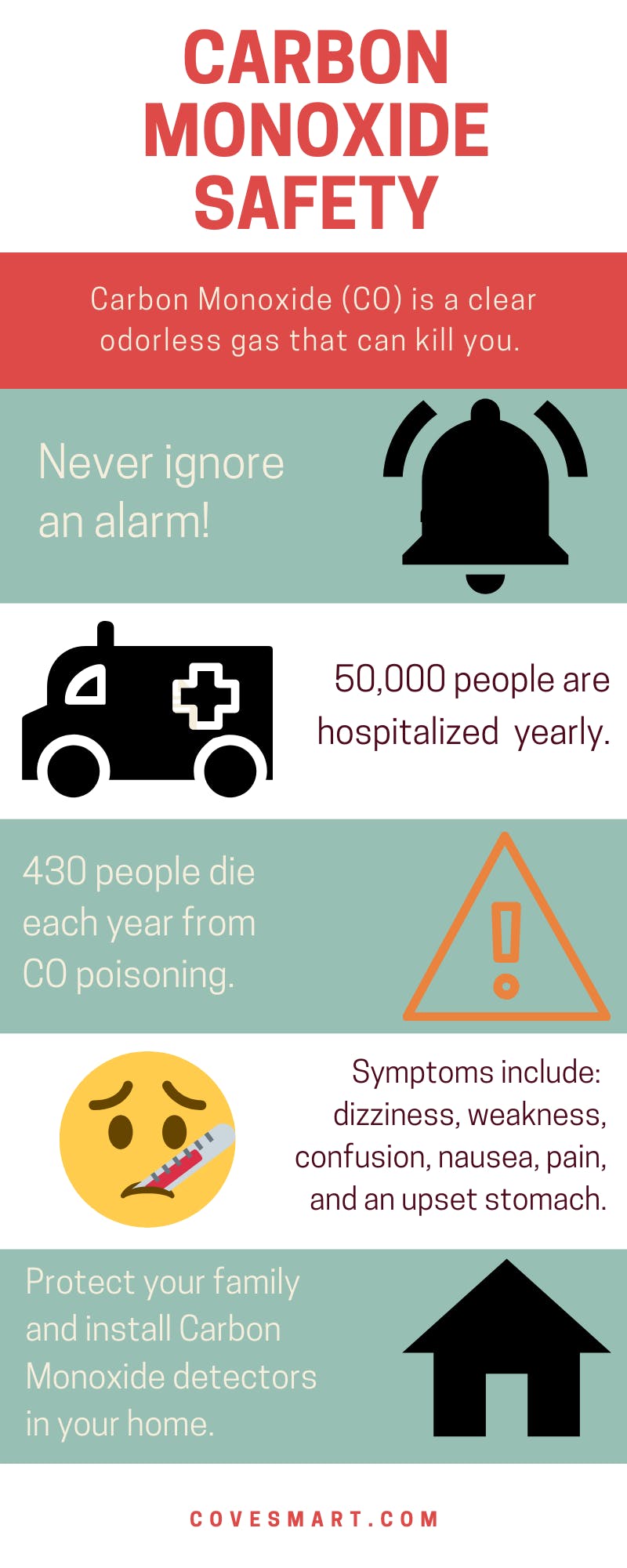
Is Carbon Monoxide Heavier than air?
The Majority of the air we breathe consists of 78 percent nitrogen, 21 percent oxygen, 0.93 percent argon, and 0.04 percent carbon dioxide. Among the gases in the air we normally breathe, carbon monoxide is becoming more prevalent due to its relationship with modern-day appliances. This causes many to wonder how carbon monoxide interacts with the air we breath and is CO heavier than air?
Carbon monoxide has a molecular weight which is slightly lighter than air; but despite that fact, it doesn’t just rise to the ceiling. The difference in density between air and CO is minimal and because of this difference, it causes the gas to have a neutral effect in any room. Unlike smoke which rises, CO diffuses itself around the room and mixes with the air. We are not meant to breath CO and it can quickly affect our health. Since it mixes so well with the air, carbon monoxide is extremely dangerous and this adds to the necessity of making sure your home is protected from such a deadly gas.
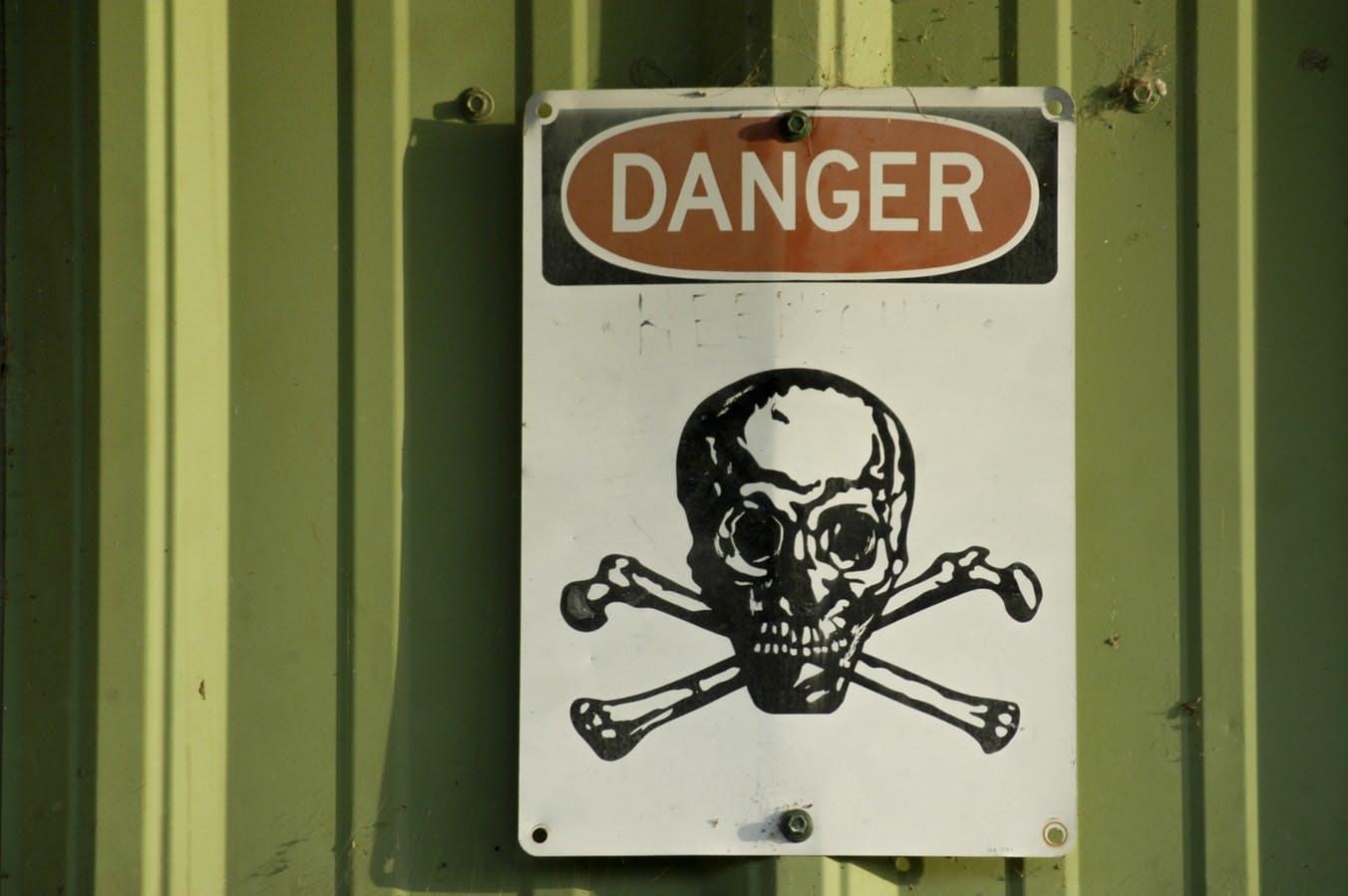
Why is Carbon Monoxide Dangerous?
Carbon monoxide (CO) is a clear, odorless, and tasteless gas that can kill you. It is created and found in fumes associated with burning fuel found in cars, trucks, buses, engines, and other modes of transportation. It is also found in home appliances like stoves, grills, lanterns, fireplaces, and even furnaces. Because CO is produced by so many appliances and utilities that are used on a daily basis, it is important to be informed and cautious. If CO builds up indoors it can poison both people and animals who breathe it.
Carbon monoxide replaces the oxygen in your red blood cells when you breathe it in. This forms a compound in the body called carboxyhemoglobin which is dangerous. When this biological compound forms in the body’s bloodstream, it can lead to serious tissue damage throughout the body. Often, damage may be irreparable, and can even lead to death. Brain damage can also result from CO poisoning and besides being irreparable, it can have devastating effects on developing children.
Unfortunately, it is not easy to know if you have been exposed to CO. The symptoms are often described as flu-like which include symptoms such as chest pain, nausea, confusion, dizziness, weakness, and an upset stomach. Breathing in a significant amount of CO can cause you to pass out and can kill you. People who are drunk or sleeping can die from CO poisoning before they experience any symptoms.
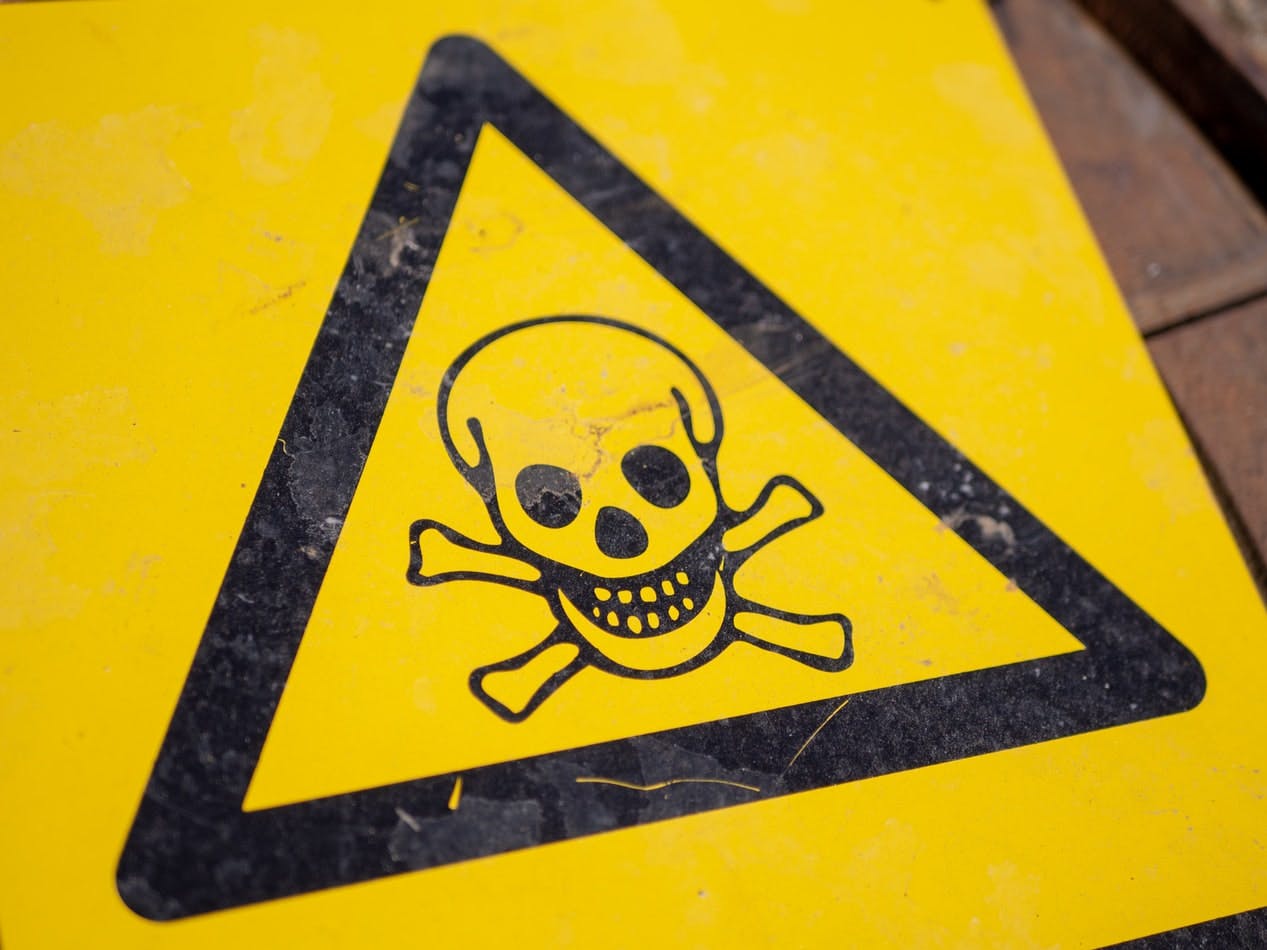
The CDC has classified carbon monoxide as immediately dangerous to life. They report that spending just one hour in your home, apartment, or office, where a carbon monoxide concentration is between 1500 to 2000 PPM, can be lethal. PPM (Parts Per Million) references the concentration of a particle in either air or water. This concentration means that if 0.15-0.20 percent of the air quality consists of CO, it begins to be lethal. Higher concentrations are considered even more dangerous and can produce negative health effects and cause death faster.
Anyone who believes they may have been exposed to dangerous amounts of CO should go to the hospital or a doctor immediately. Because of the dangers associated with CO and the permanent effects it can create, it is always better to err on the side of caution.
Those who have experienced prolonged exposure need to use hyperbaric oxygen therapy to reverse the harmful effects of existing carboxyhemoglobin which had developed in their body. This is not an easy treatment and is an expensive therapy required for a condition that can be prevented from occurring. Keeping yourself and loved ones from experiencing carbon monoxide poisoning will prevent need for this type of therapy.
Carbon Monoxide Warning Signs
What is the difference between Carbon Monoxide (CO) and Carbon Dioxide (CO2)?
Carbon monoxide and carbon dioxide are often confused and although both can be dangerous and deadly, it is important to know the distinction.
Carbon dioxide is produced when energy is released from burning fossil fuels, natural gas, and oil. As well, carbon dioxide is emitted as part of both plant and human respiration. Once carbon dioxide is released it quickly mixes into the atmosphere. Despite humanity’s hand in creating more CO2, this is a naturally occurring gas and is part of the environment.
Carbon monoxide is created from incomplete combustion which is a result of limited air supply. When only half as much oxygen is added to carbon, CO is formed. Fuel-burning appliances, including gas furnaces, gas stoves, gas dryers, gas water heaters, fireplaces, and cars are all industrial activities which create CO.
Although both CO and CO2 are dangerous and known to be toxic gases, CO is by far the more deadly. It is known as the silent killer and the CDC reported that yearly 50,000 people are hospitalized for poisoning and 430 people died as a result.
Neither gas is detectable without using a gas detector. Along with using detectors, there are several other things that should be done and avoided to protect your home.
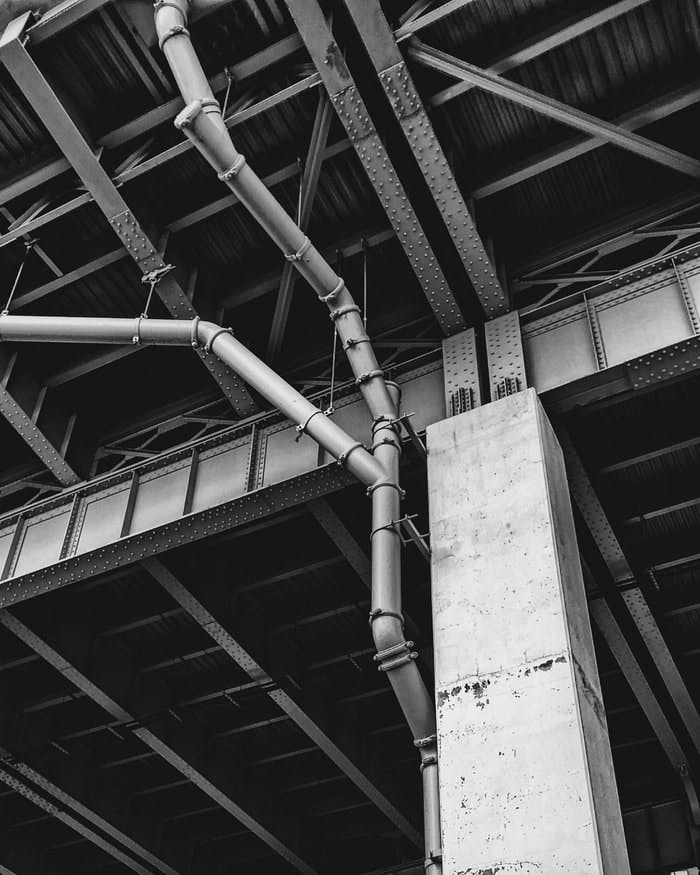
How can you protect your home?
The first step in protecting your home and family from carbon monoxide is determining the current levels of CO in your home. Maintaing good indoor air quality keeps you and your family healthy and should take priority. Identifying existing sources and potential issues will help you to know where action should be taken. By checking and identifying the potential sources, such as gas appliances, you can see what improvements can be made and where you are most at risk. Using tools to measure levels of carbon monoxide in enclosed spaces can make sure that CO does not build to unsafe levels in your home.
Knowing where you are at risk and what appliances may expose you to CO in your home will help you know what to monitor to ensure everything is in good repair. You can’t fix something that you don’t know is broken. Poorly constructed or broken exhaust vents can leak carbon monoxide into your home and if not properly repaired, it can be a continuous danger to you and your family.
To ensure that CO producing appliances are in good repair, hire a professional technician to service them each year. Having someone with the proper tools, training, and knowledge check your appliances will help mitigate accidental damages and issues. Poorly repairing or damaging something that emits a deadly gas increases your risk of exposure. All ventilation around your gas appliances, including stoves, water heaters, etc. should be checked and the pipes should be positioned horizontally as they move outdoors.
Cleaning out vents and pipes, chimneys and fireplaces, and woodburning stoves or heaters helps to prevent CO from building up in your home. Cleaning and inspecting fireplace flues makes sure that smoke and CO are properly filtered out of the home rather than accidentally into it.
Along with following the above recommendations, protect your home from the dangers of carbon monoxide and prevent carbon monoxide poisoning by installing CO detectors in your home. A good CO detector will alert you to the presence of CO and can even notify the fire department so that they may respond. A quick response can help repair the cause of exposure so you can safely remain in your home. Install CO detectors within five feet of every gas appliance, in every sleeping area, and on every level of the home.
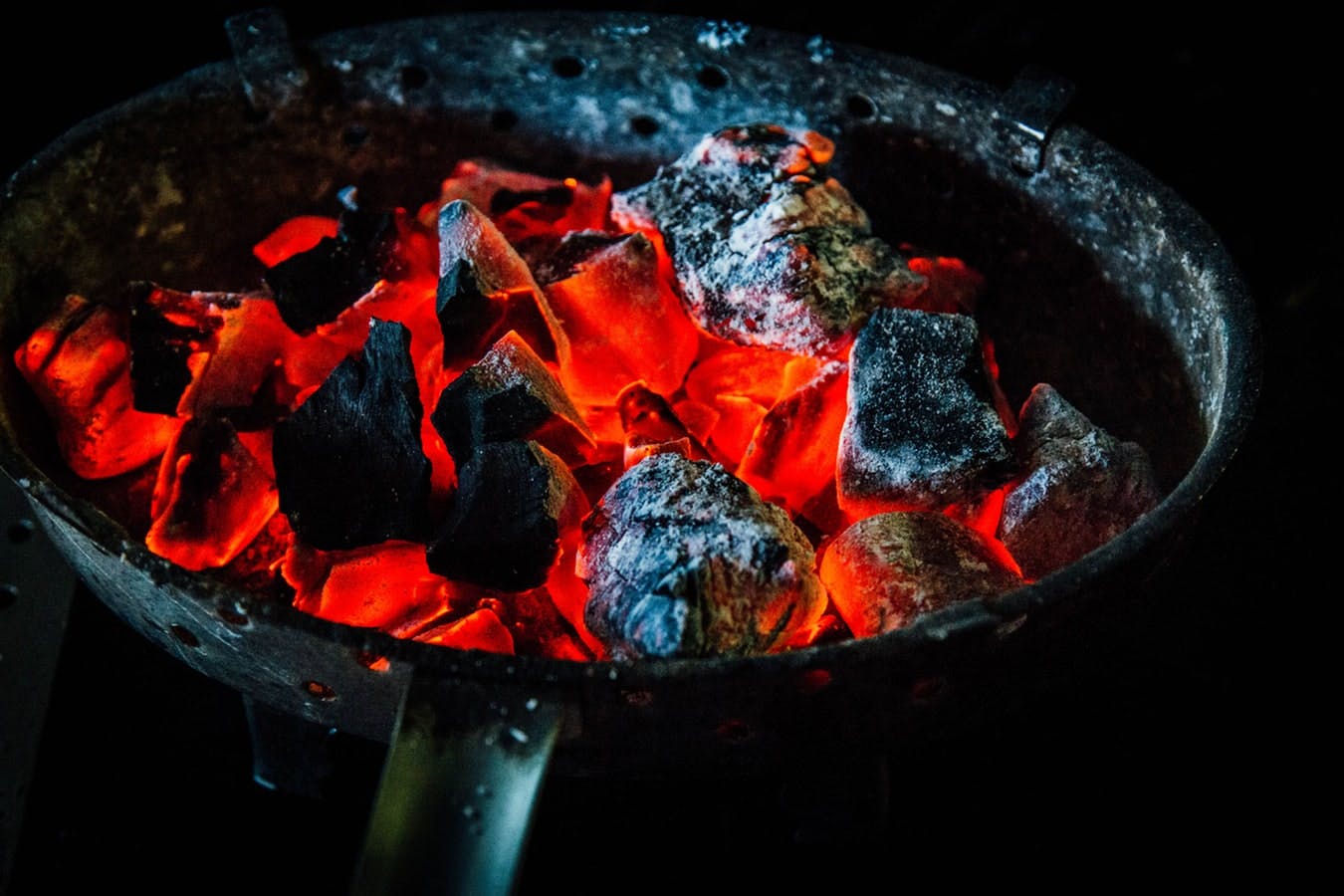
Carbon Monoxide Safety Don’ts!
Part of using good safety practices is knowing what should not be done. There are a few things which can increase your chances of exposure, all of which are easily avoidable.
You should never burn charcoal inside your home. Red, gray, black, and white charcoal all give off carbon monoxide and homes are not ventilated for this kind of exposure (even with the windows open.) Along with burning charcoal, you shouldn’t use outdoor or portable gas stoves inside.
All appliances such as an oven, gas range, or stove can all emit carbon monoxide and should never be used for heating your home. Chemical heaters should also be used only outside and away from any doors or windows where fumes could filter inside.
Don’t forget to include CO detectors!
By installing carbon monoxide detectors in your home you will be able to alert yourself and your family in case of an emergency. Cove provides great and affordable options to make sure that your home is safe. To learn more about CO detectors and how they will help you protect your home, click this link.
